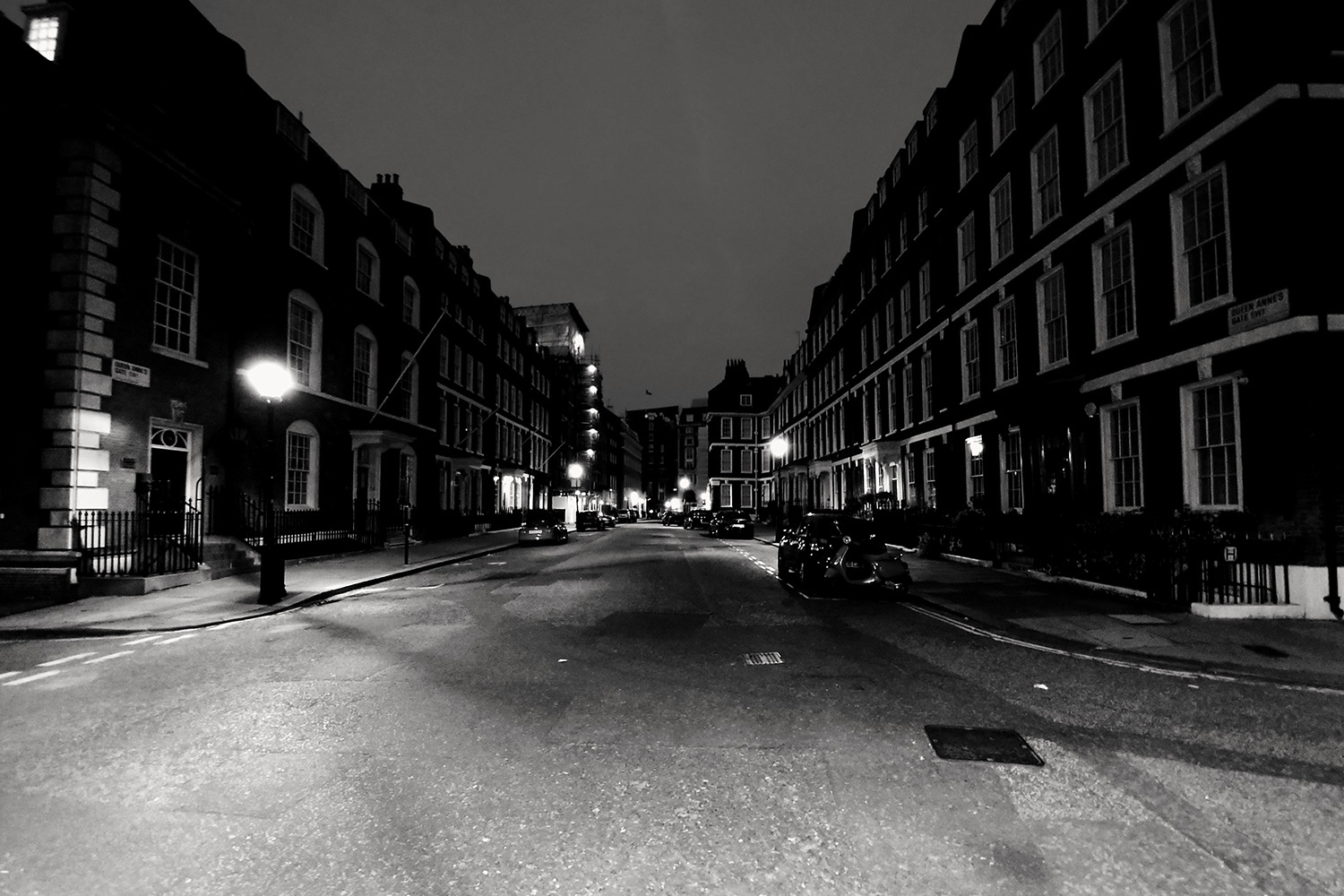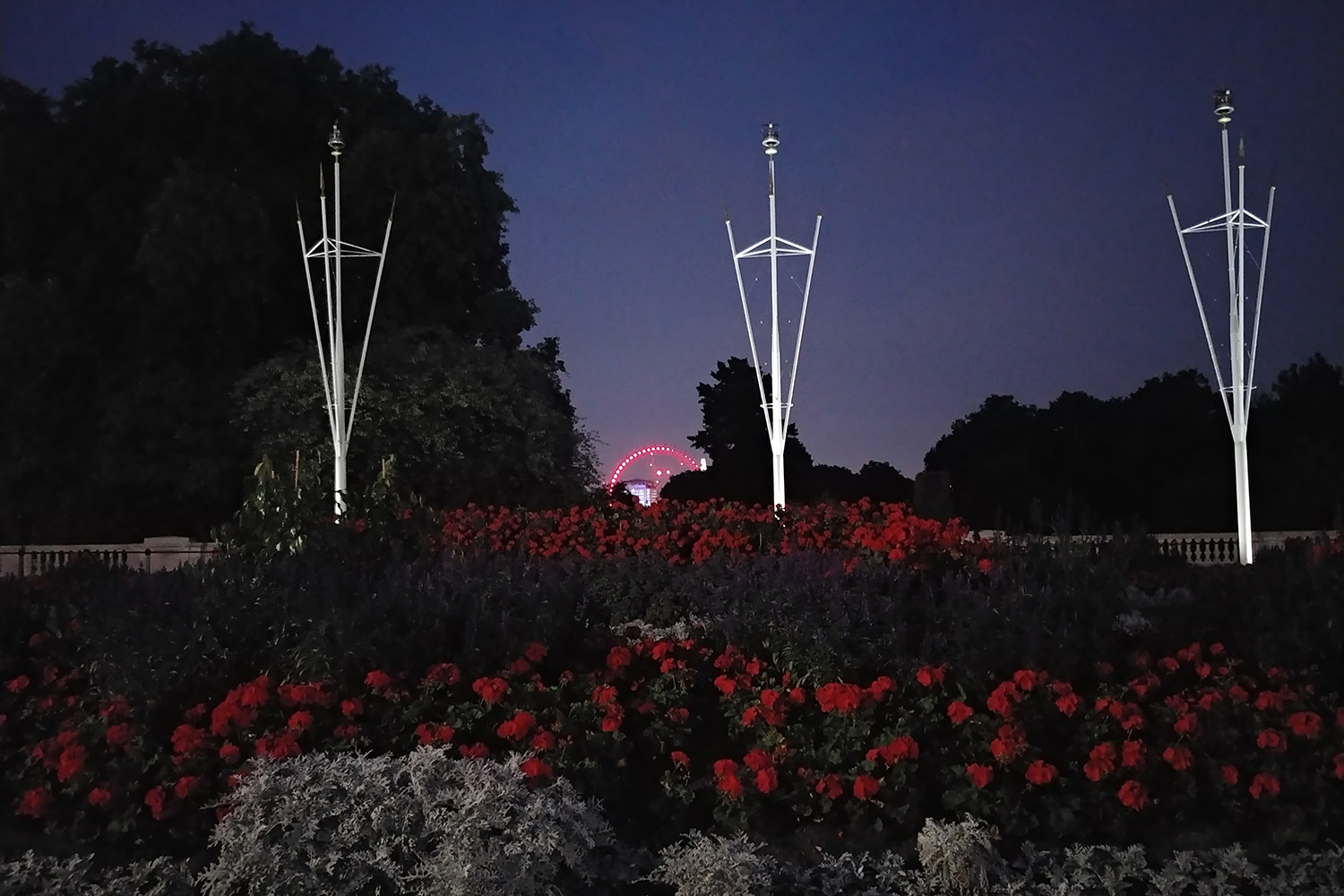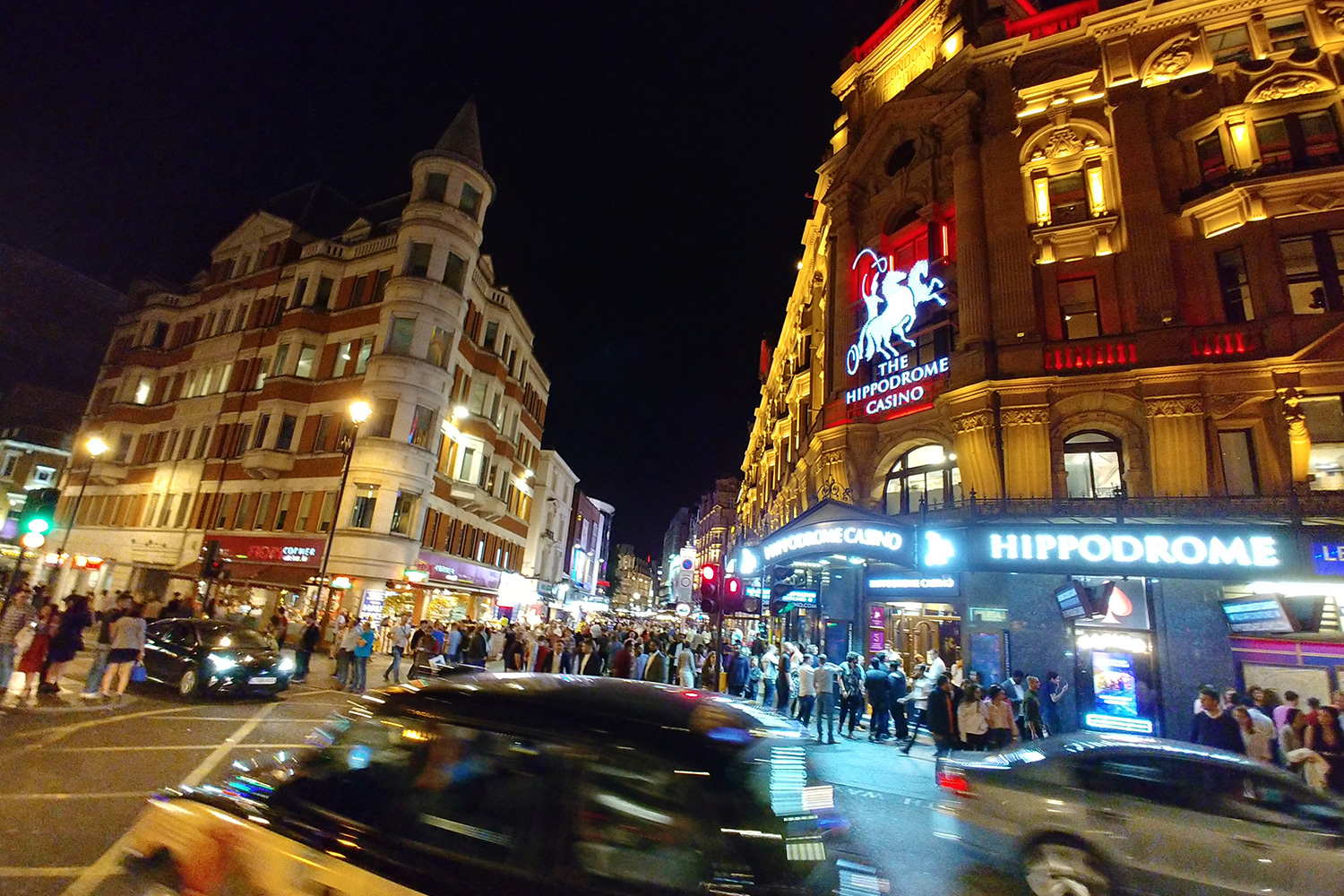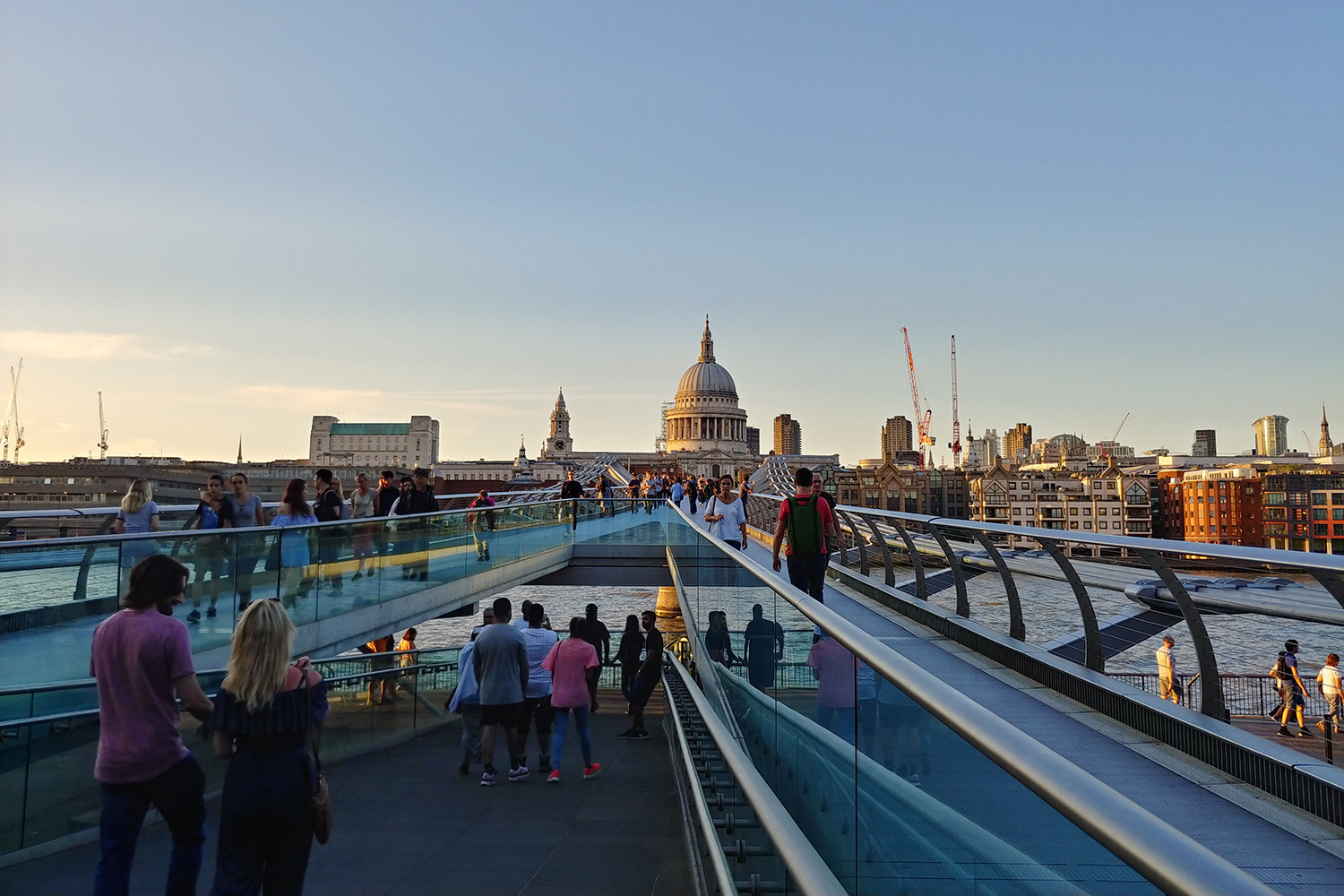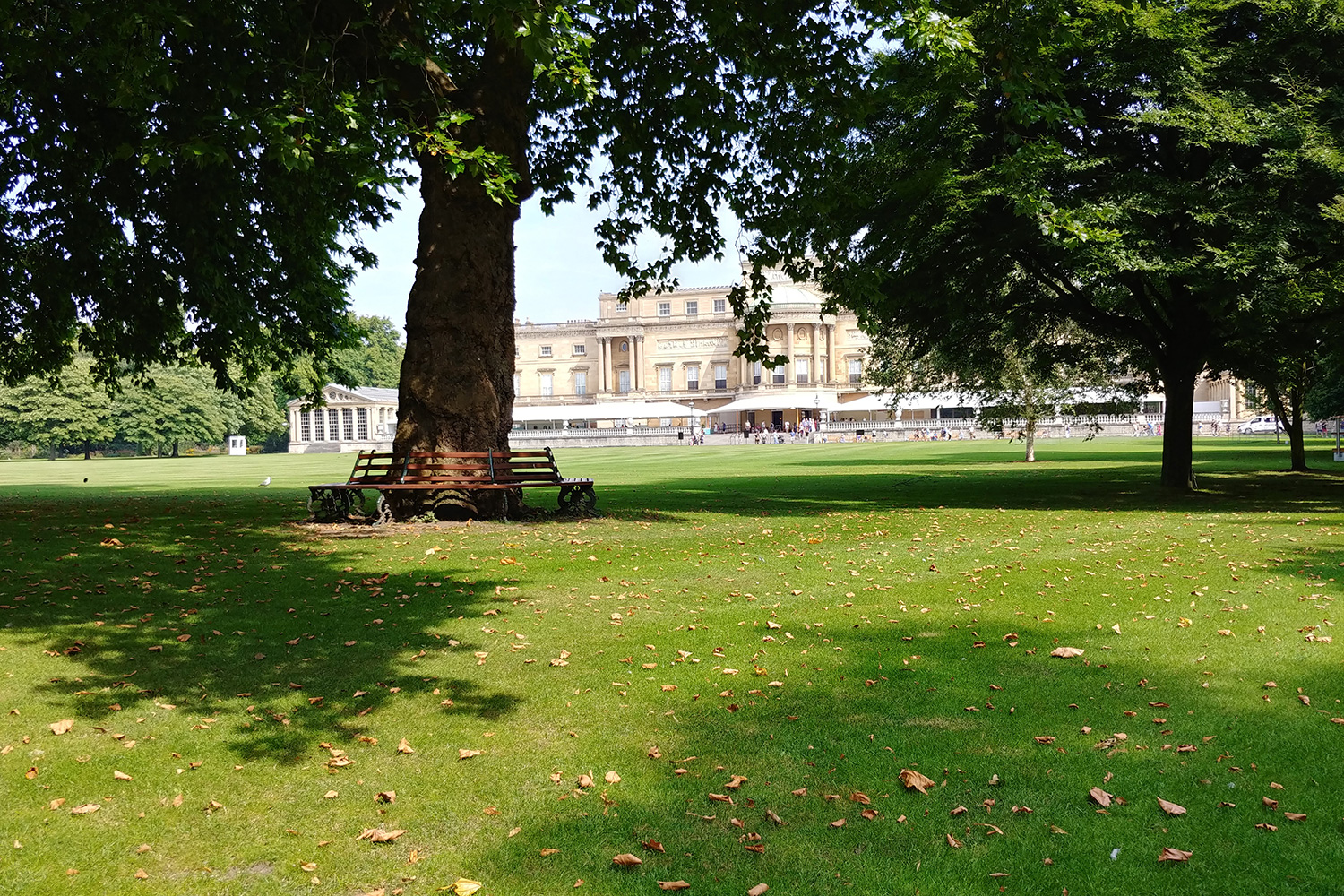- OLED screen
- Highly creative video mode
- Wide-angle camera
- Superb audio
- Great battery life
- Lacking video and photo editing features
- Screen edges very sensitive
- No unlocked version yet
The LG V30 is the best smartphone LG has ever made. But just because it’s the best LG can do, doesn’t mean it’s the best you can buy. This year more than ever, the competition is incredibly stiff. After the LG G5’s failure, the company attacked 2017 with vigor, releasing the G6, the Q6, and now the V30. It’s a really strong line-up, and completely different from the company’s previous attempts to win over smartphone buyers. In our LG V30 review, we examine why the V30 is LG’s finest hour — and how its approach to camera and video technology differs from others.
Eye-catching and minimalist
The first casualty of LG’s latest smartphone assault is, ironically, the LG G6, which released early this year. Given the choice between the two, you should pick the V30. It’s more powerful, it’s lighter, it has a better camera, and it’s better looking.
While the G6’s 18:9 aspect ratio screen was a trendsetter, the design around it wasn’t refined. LG has changed that with the V30. The body is slimmer, smoother, and more rounded. The “bezel-less” smartphone design trend continues, where the edges flanking the screen are slimmer than ever. It’s less masculine, and more svelte. It’s more breakable due to the glass rear panel, which is attached to a metal chassis; but LG has put the phone through 14 military standard toughness tests, so it shouldn’t break at the first hint of a drop. That’s not necessarily the case, however, as the rear glass on one of our early preview units cracked after a short, three-foot drop to the floor — we recommend grabbing a case.
On the back of the phone is a fingerprint sensor, which is sensibly placed in the top center of the phone, away from the camera lens. Hear that, Samsung? It’s very fast to unlock the phone, but there’s another alternative we’re enjoying a lot— face unlock. It doesn’t use an iris scanner like the Galaxy Note 8, but it’s still very effective. It works from the always-on lock screen too, and we found it to be faster than the Galaxy Note 8’s face unlock system.
The fingerprint sensor doubles as the power button, and the volume rocker can be found on the left edge of the phone. On the bottom edge, you’ll find a USB Type-C charging port, next to a bottom-firing speaker. Don’t worry — there’s a headphone jack, and it’s at the top.
The LG V30 can compete with the best and is the best phone LG has made
LG has sealed up the V30 like the G6, which removes a previous V-series standard feature: A replaceable battery. There’s a reason for this sacrifice — an IP68 water resistance rating. That means you should be able to take the V30 underwater up to 1.5 meters for 30 minutes. While many will lament the loss of a replaceable battery, this is a worthwhile trade in our book. Battery packs are cheap and plentiful these days, and the V30’s battery lasts an amazingly long time (more on this later).
The V30 is beautiful, eye-catching, minimalist, and incredibly stylish. We love the cloud-silver color option, but there’s a sleek black model available from some carriers. Sadly, our favorite Moroccan blue variant isn’t available in the U.S. The V-series evolution from ugly duckling (sorry, V10) through the rather faceless V20, to the jaw-dropping V30 is pleasing to behold.
It’s not all good news, though. The V30 doesn’t feel as high-end as the iPhone 8 or the Note 8 when you hold it in the hand, largely because it’s lightweight and it feels a little cheap. The curved edges also make the V30 quite sharp to hold. It’s not that comfortable, and the metal chassis makes the device slippery. Looking at the V30 is wonderful; holding the V30 isn’t quite so good.
But all these design and style changes are evidence of confusion. The V-series was often indirectly promoted as a business phone, like the Samsung Note and Huawei Mate series; but it never really felt like such a device. We found it to be the technical showcase for LG, excelling in the camera and audio department.
The V30 is even less of a business-first phone, and is really the flagship device the G6 should have been. Still, its sophisticated looks mean it’s just as much at home on the boardroom table as it is peeping out from the pocket of your skinny jeans. We love that, and it’s a testament to LG’s thoughtful design approach to this year’s smartphone range.
Back to inkier blacks
Welcome back OLED. We’ve missed you. The V30 is LG’s first phone to use an OLED screen since the G Flex 2, a surprising statistic given the company’s devotion to OLED panels on its excellent televisions. We’re partial to OLED screens because they offer incredibly inky blacks and great color accuracy. You’ll be happy LG brought it back, because the V30’s screen is gorgeous. It has a 2,880 × 1,440 pixel resolution, with blacks as deep as night and colors so vibrant and realistic you won’t want to turn away. Video is a delight — make sure you try Netflix’s HDR10 content to really see what the V30 offers — and the 6-inch display size is perfect for longer viewing periods.
Welcome back, OLED. We’ve missed you.
As we mentioned earlier, the V30 has a nearly edgeless display, with bezels above and below the screen smaller than those on the LG G6. The screen ratio is 18:9, so it’s longer and thinner than traditional phones like the OnePlus 5. The benefits include more room for list-based apps like Twitter and Facebook and for web-browsing in general, plus for certain movies and TV shows available on Netflix and Amazon Prime.
While we like the V30’s screen, the curved edges can be frustrating. It’s incredibly sensitive around the sides, where certain apps can be activated by accident, and touching the sides with your palm can prevent characters from being pressed when typing.
Fast and smooth performance, no Android 8.0 Oreo
Design isn’t the only reason the V30 beats the G6 — the second is the Qualcomm Snapdragon 835 processor inside, rather than the Snapdragon 821 in the G6. Samsung reportedly cornered the Snapdragon 835 market for the Galaxy S8 earlier this year, which is why LG wasn’t able to use it. The G6 isn’t slow, but the V30 is noticeably faster, smoother, and more pleasurable to use.
We have yet to run into any hiccups with performance, and the 4GB of RAM certainly has to help. Switching between apps is fast, apps launch swiftly, and multitasking is buttery smooth. We’ve played games such Tiny Archers and Maximum Car and they ran perfectly.
We’ve run some benchmarks to see how the LG V30 performs:
- AnTuTu: 171,669
- Geekbench 4 CPU: 1,894 single-core, 6,194 multi-core
- 3D Mark Sling Shot Extreme: 3,419
The V30’s scores are in line with other smartphones that use the Snapdragon 835. It slightly beats out the Samsung Galaxy Note 8’s AnTuTu score of 167,946, but perhaps to Apple’s testament, it falls short of the 222,462 score of the A11 Bionic processor powering the iPhone 8 and 8 Plus. The V30 runs Android 7.1.2, and LG hasn’t shared a timeline with info on when Oreo will arrive. Oreo introduces new features such as picture-in-picture mode and Notification Dots, which you can learn more about in our in-depth Android 8 guide .
Pre-Production Problems:
We had a lot of software problems using a Korean pre-production LG V30. We experienced problems saving photos to the MicroSD card and the internal memory, some operations would cause the phone to stop responding, and we had more than a few lock-ups that resulted in the phone rebooting. Not good. We didn’t experience any of these problems in two of our U.S. pre-production units, nor did we see these issues in a final AT&T LG V30 retail unit. We’ll continue to monitor our retail unit to see if we experience any of these problems.
Does the lack of version 8.0 mean the software experience is poor? Not at all. Nougat is still a great version of Google’s Android mobile operating system. LG packs plenty of customizable features into the phone, such as how you can double tap the screen to wake it or turn it off; and Smart Settings lets you create profiles so the phone automatically turns the notification sound on when it detects you’re at home.
LG’s Android skin, the theme that makes the software look unique to LG, has come a long way. It’s still not our favorite looking Android skin, and it can look rather dated in some parts of the interface, such as the Settings menu.
Previous V-series phones had a secondary display above the main screen showing notifications, shortcuts, and other information. This feature has been retired for the V30 due to the new bezel-less shape, and it has been replaced by a software alternative. The “Floating Bar” is an expandable arrow icon that sits anywhere on your home screen, and you can customize it with shortcuts. Tap on the arrow icon and the bar expands, giving you one-click access to important contacts, and apps you don’t want to clutter your home screen with.
We liked the quick access to music controls because they really saved time and extra taps, and the app shortcuts can be handy if you’re the type who likes to control what your home screen looks like. We didn’t find quick access to screen capture tools useful. The V20’s secondary display was glanceable, the new “floating bar” isn’t. If you use Android widgets, it’s a similar notion, but it’s not a functional replacement for the secondary display.
A camera for creatives
The G6’s camera is good. The LG V30’s camera is better, and not just because of the f/1.6 aperture — a smartphone first. The wider aperture means the V30 is capable of taking in more light.
But the V30 excels because of video performance. LG says it’s tapping into the growing obsession with video, as the company claims 78 percent of Millennials take video on their phones once a week. Get the V30 in these people’s hands, and they’ll be shooting video a lot more than that.
The reason is Cine Effect, which at its heart is a collection of 15 filters for video, made to replicate typical movie genres. These include filters such as “romantic comedy,” “thriller,” and “blockbuster.” But these aren’t your average Instagram filter. LG’s Cine Effects are live, responding to environmental changes to maintain the look (something that’s not needed with still filters), and color tuned by Hollywood cinematographers. It’s a pro mode without the challenge of mastering a pro mode.
How do they change your video? What’s interesting is LG’s decision to create them according to mood and feeling, rather than trying to sum up a look with an obscure word. It really helps pick the right effect for the situation. In addition to changing the look, Cine Effect has a clever Point Zoom mode that lets you choose a subject on screen, then use a slider to zoom in on it. The effect is cinematic, and output can give the impression you’re using a more expensive, professional camera.
The LG V30 is a masterful movie-making machine.
Put all this together and the end result can be startling. Yes you need to be creative, and have a story you want to tell in mind; but the V30 has the ability to make those ideas reality in a way other phones don’t. We gave the V30’s Cine Effect a workout when the phone was announced in Berlin, and had a lot of fun doing it. That’s key, because shooting video is harder work than taking stills, and it needs to be enjoyable and worthwhile for us to put in the effort.
It’s not perfect though. The V30 doesn’t have an editing app to put your movie together, and the zoom mode isn’t dynamic, so if your subject moves you end up zooming in on nothing.
Take stills, and the V30 is equally impressive due to its 13-megapixel f/1.9 wide-angle dual-lens camera. Unlike most other dual-lens cameras, the V30 doesn’t bother with the blurred background bokeh effect. Instead the second lens takes 120-degree wide-angle shots, and they can be spectacular. The creative opportunities are huge, provided you are in the right place at the right time.
It’s not a camera mode you’ll use all the time, but put it in front of a beautiful vista, sweeping cityscapes, or anything that needs, “taking in” with the naked eye, and the V30 will capture it like no other camera. LG has also worked hard to minimize the distortion, or fish-eye effect, and has done a great job. Now, straight lines remain almost straight at the edge of the frame, making images more natural, and far less surreal than those taken with the G6.
It’s joined by a 71-degree angle 16-megapixel main lens with an f/1.6 aperture. Night shots do look great, but the V30 still needs light to bring out the best. The selfie camera is the same as on the G6, with a wide-angle setting and a comprehensive beauty mode. It hasn’t been reworked like the rear camera, but arguably it didn’t need much improvement.
The V30 is a masterful movie-making machine. We’ve been shooting product videos with it, and have been very impressed with the results.
Battery and audio
LG says the V30 doesn’t need a battery with more capacity than the G6 due to the energy efficiency of the OLED screen and the battery-saving technology inside the Snapdragon 835 processor. The good news is LG’s right. The battery life on the V30 is impressive, as we consistently saw a day and a half from its fully charged 3,300mAh cell, even on the pre-production software, with medium to heavy use. On the final retail unit, we continually found ourselves arriving home around 6 p.m. from work with just under 50 percent remaining.
Wireless charging is included for convenience, as is fast-charging using LG’s.
If you’re looking for a high quality audio experience, the V30 improves even on the excellent G6. A quad digital to analog converter (DAC) is inside, along with AptX HD for superior Bluetooth audio with a compatible pair of headphones. The Quad DAC comes into play with wired headphones, and boosts the audio across the range. If you haven’t heard AptX HD yet, you’re in for a treat. It’s great, and will change the way you think about wireless audio performance. A MicroSD card slot lets you store plenty of music too, though the internal storage offers 64GB of space that should be plenty for most people.
Price, warranty, and availability
There’s no official details on an unlocked version of the V30, but it’s likely LG will eventually sell one. For now, you’ll have to buy one from one of the major carriers, or through retailers such as Best Buy. The price tag ranges from $800 on T-Mobile to $840 on Verizon, but you can always purchase it on a monthly payment plan. For example, the V30 costs $27 per month for 30 months through AT&T, or $30 per month with an $80 downpayment with T-Mobile, which comes to $800 in total.
There’s also a V30+ model, which is the same phone but with 128GB of storage. It will be available from Sprint soon. You can check out our V30 buying guide for the full details.
LG phones come with standard one-year warranty that covers the device from manufacturing defects, but LG feels “so confident” about the V30’s quality that it’s offering a second year of coverage for free. You’ll have to register the device.
Our Take
The LG V30 is the best phone LG has made yet, and it can compete with the best from other major manufacturers in 2017. The V30 is an excellent choice if you’re excited about shooting great video, and want a camera that doesn’t just repeat the same old bokeh effect, but does something different.
Is there a better alternative?
Yes. This year we’ve seen a lot of good, new phones. This makes it a tough year for every smartphone manufacturer, and us as buyers. The truth is, the V30 is as good as a Samsung Galaxy S8. It’s as good as a current Pixel XL, and it’s as good as the HTC U11. It’s not better, but there’s no way you’ll regret buying it. You won’t regret buying any of these phones.
LG’s natural competitor is Samsung’s most recent Galaxy phones, and price may be the deciding factor here. The V30 has more interesting features — from the wide-angle camera to the Quad DAC — compared to the S8, and Google Assistant, the only virtual assistant you really need. The Galaxy Note 8 is the closer competitor, but it’s a considerably larger, and bulkier. The V30 is cheaper than the Note 8, but more expensive than the S8. This may not be a coincidence.
We’re still waiting to put the new Google Pixel 2 XL through its paces, but early impressions are very positive, and it’s priced very closely at $850. Its camera is sure to be superb, and the promise of clean, regularly updated Android is very tempting.
How long will it last?
The IP68 water resistance and military-tough body make the V30 more durable than many phones, but it’s by no means indestructible. Put it in a case and the phone should withstand a fair amount of abuse. The technical specifications are the best you can get at the moment, so the V30 will easily last a two-year contract and beyond.
Unsurprisingly, LG’s custom Android skin will delay updates to the operating system, but we can expect Android 8.0 Oreo to arrive next year. Buying a Google Pixel phone is the only way to ensure the timely arrival of OS updates.
Should you buy it?
Yes. The V30 looks amazing, takes video that will make you look like a Hollywood director (or dream of being one), has audio that’ll make you weep, and a glorious OLED screen. It faces some very strong competition this year, but it’s right up there with the best.













